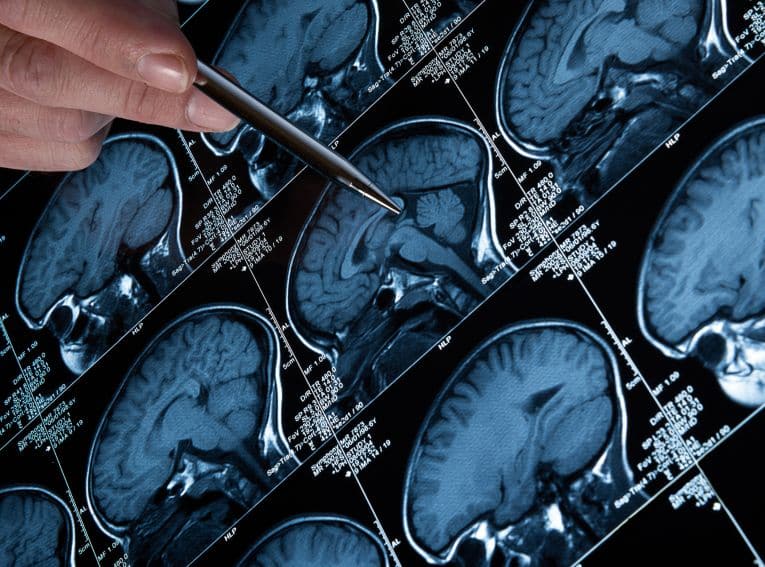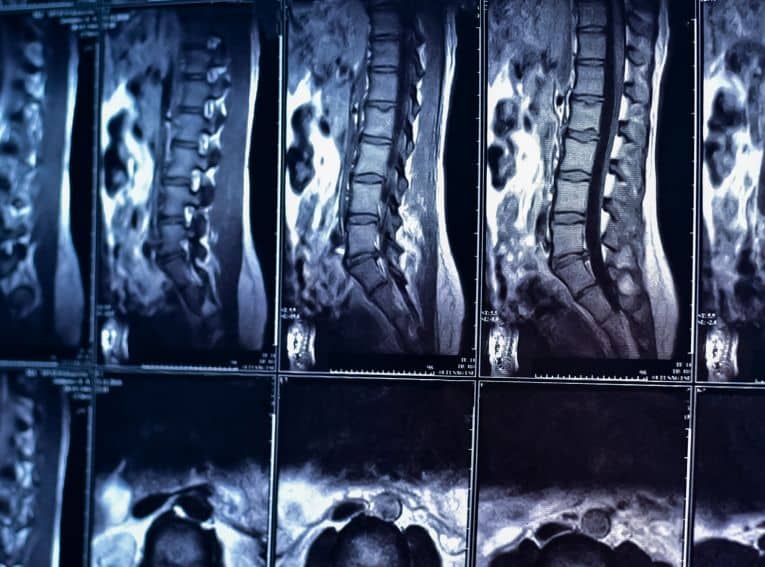
Brain Tumor Surgery
Craniotomy is a type of brain surgery used to treat, among other conditions, brain cancer. During craniotomy, a piece of the skull (called a “bone flap”) is surgically removed in order to expose the brain. For the majority of brain cancers, surgery is the treatment of choice. If left untreated, brain cancer can lead to life-threatening complications, which include obstructed flow of cerebrospinal fluid, cerebral hernia and stroke. These complications can cause permanent brain damage or even death.
Types of craniotomy include craniectomy; endoscopic craniotomy; “eyebrow” craniotomy; “keyhole” craniotomy; stereotactic craniotomy; and translabyrinthine craniotomy.
Brain Cancer Surgery Procedure
Brain surgery is performed in a hospital. The surgeon makes an incision in the scalp (which is shaved at the incision site), and the bone flap is removed to allow access to the malignant tissue, which is then removed. In some instances, patients remain awake during surgery, and are asked to move their legs, recite the alphabet or tell stories to ascertain whether brain functioning has been affected. Location of the incision depends upon the area being treated. Once the procedure is complete, any tissue that has been cut into is stitched together, and the bone flap is reattached using plates, sutures or wires.
Surgery alone may not remove all of the malignancy, which can invade surrounding brain tissue. Even if all of the malignancy cannot be removed, surgery can relieve symptoms and help reduce pressure within the brain.
Recovery from Brain Cancer Surgery
Postsurgery, a patient usually has a headache for a few days, and can feel tired or weak. Most patients need between 3 and 7 days in the hospital to recover, but specific recovery times vary. Pain medication is prescribed in order to relieve symptoms and promote healing.
If all of the malignancy could not be removed during surgery, additional treatment is necessary. Treatments to destroy additional malignant cells include radiation therapy, which uses high energy X-rays or gamma rays, or chemotherapy, which uses drugs administered intravenously.
Risk of Brain Cancer Surgery
Some risks of brain cancer surgery are related to the specific area in which malignant tissue is removed. If, for example, the area of the brain operated on controls speech, speech may be affected. The following are also risks of brain surgery:
- Bleeding
- Blood clots
- Infection
- Pneumonia
- Blood-pressure fluctuations
- Seizures
- Muscle weakness
- Swelling of the brain
- Cerebrospinal-fluid leakage
Surgery can also damage healthy brain tissue, causing problems with thinking, seeing, and speaking.
Additional Resources
Welcome to the office of neurosurgeon Dr. Vikas Rao, where your health comes first. Below are some of the neurosurgical treatments that we offer in Mission Viejo, CA:
Contact us today
Your concerns are important to us, and we want to make sure all of your questions are answered so you understand your options. Please contact our office with any questions, and our team will be happy to assist you.
Give us a call
We're open to serve
Our doctor and staff are devoted to our patients. Please fill out the form below with any questions or to schedule an appointment and our team will get back to you within 24 to 48 hours.





